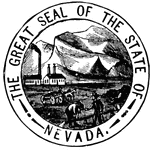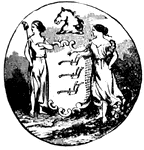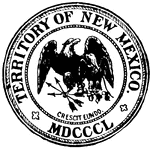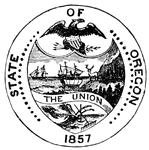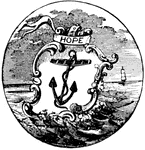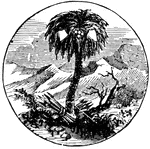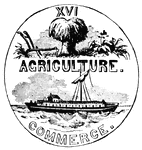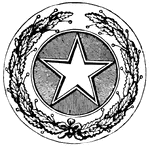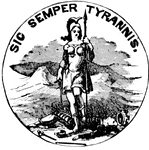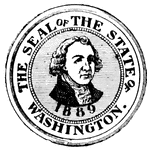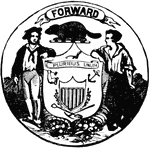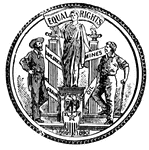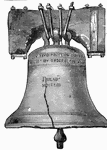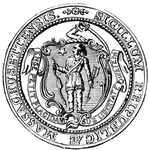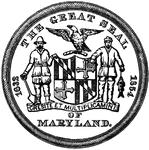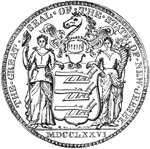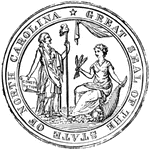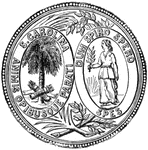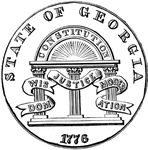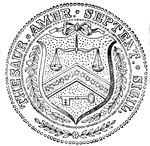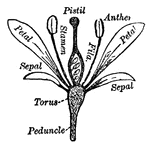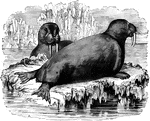
Pennsylvania Seal
Seal of the commonwealth of Pennsylvania, 1904. Motto: Virtue, Liberty, Independence.

Seal
The seal is an aquatic mammal, whose limbs are formed into flippers. The tail tapers at the end of the…

Solomon's Seal Root
In some perennial herbs, prostrate stems or branches underground are thickened with this store of nourishment…
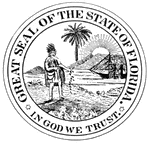
Florida Seal
The former Great Seal of Florida, featuring an indian, palm tree, the sun, and some uncharacteristic…

Fort Hatteras
View of the camp of the twentieth Indiana Regiment; also of Fort Hatteras and the anchorage at Hatteras…

Bivouac of the Eleventh Indiana Volunteers
Our special artist, who accompanied General McClellan's command, sketched the gallant Eleventh Indiana…
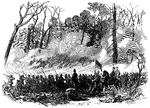
Battle of Shiloh
"Battle of Shiloh, or Pittsburg Landing, left wing- the woods on fire during the engagement of Sunday,…

Engagement at Romney
"Engagement at Romney, VA., twenty miles from New Creek, Tuesday, June 11th, 1861- the Eleventh Indiana…
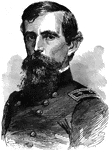
Lewis Wallace
"General Lewis Wallace, born in Brookville, Frankly County, Ind., April 10th, 1827, served in the Mexican…
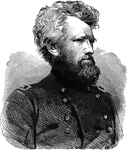
General Robert H. Milroy
"General Milroy, born in Washington County, Ind., June 11th, 1816, was graduated at Norwich University,…

Common Seal
"The ground-color of the hair or skin, when this animal is alive and dry, is pale whitish-gray, with…
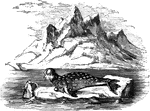
Hooded Seal
"Also called the Crested Seal, remarkable for possessing, about two inches from te extremity of the…
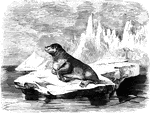
Sea Bear
"It is the size of a large bear; girth at the sholder, five feet, near the tail, twenty inches; fur…

Fort Hindman
"The investment of Fort Hindman, Arkansas Post, Ark., by the Federal troops under General McClernand,…

Siege of Vicksburg
"Siege of Vicksburg-the Twenty-third Indiana and Forty-fifth Illinois Regiments, Leggett's Brigade,…
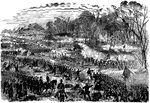
Battle of Champion Hills
"Battle of Champion Hills, May 16th, 1863- the formidable position of General Pemberton carried by Generals…

Cumberland Army
"The army of the Cumberland- Wilder's mounted infantry passing a blockhouse on the Nashville and Chattanooga…

Battle of Grand Coteau
"Battle of Grand Coteau, La., November 3rd, furious attack on the Sixtieth Indiana, Colonel Owen. On…

